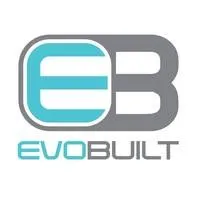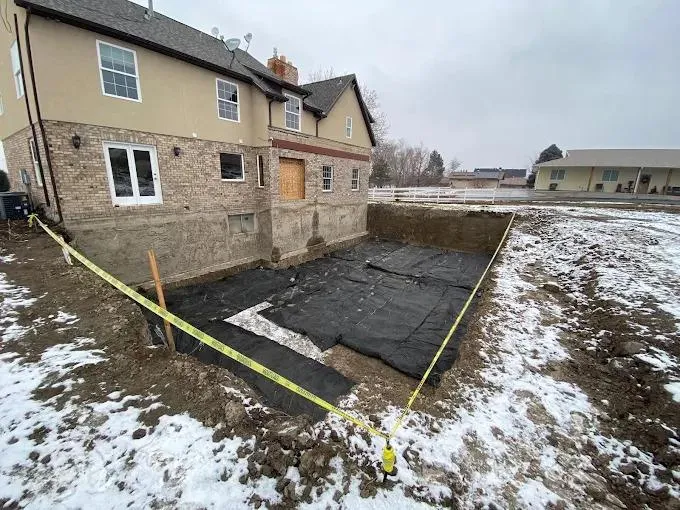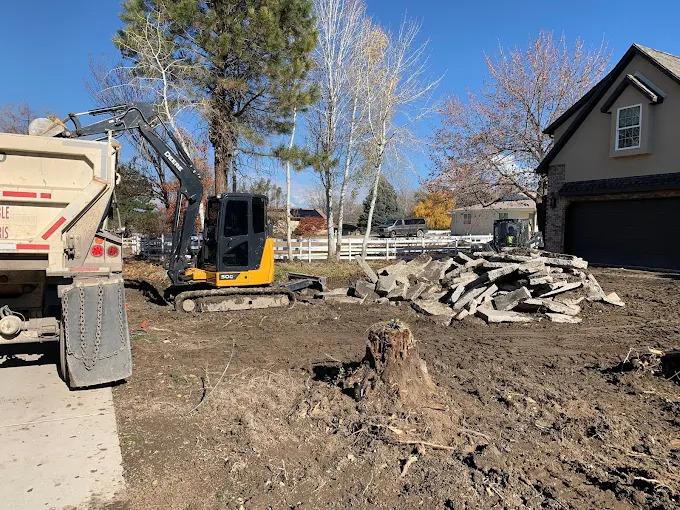
Serving Utah Counties: Salt Lake, Davis, Utah, and Summit
Site Preparation near Salt Lake County, Utah
EvoBuilt Construction LLC is Committed to superior quality and results!

AVOID COSTLY MISTAKES:
Do NOT hire an excavating contractor without first reading our free guide:
The ULTIMATE Excavation & Septic "Success Guide."

Site Preparation near Salt Lake County: A Practical Field Guide
You want a build that starts clean, passes inspections, and stays on schedule. That begins with the dirt work. Site preparation is more than scraping brush and moving a few piles. It is a coordinated process that shapes drainage, stabilizes your pad, sets utility routes, and gives every trade a safer, faster path to finish. In Utah’s changing seasons and mixed soils, the right plan reduces risk and cost. Below is a straightforward format you can use to evaluate bids, compare approaches, and make confident, informed choices.
How Can We Help?


Why Site Preparation near Salt Lake County Pays Off
Less rework: Correct slopes and subgrade density keep concrete, asphalt, and pavers from settling or cracking.
Faster inspections: Clear BMPs, clean trench backfill, and organized documentation shorten review time.
Lower total cost: Efficient haul plans, staged access, and accurate quantities reduce idle hours and change orders.
Safer jobsite: Stable entrances and defined laydown zones prevent ruts, flooding, and traffic conflicts.
Better long-term performance: Thoughtful drainage keeps water away from structures and protects landscaping.
Scope Checklist for Utah Builds
Survey control: Benchmarks, corners, and offsets verified with your plans.
Clearing and stripping: Brush, stumps, and topsoil removed; reusable topsoil stockpiled.
Rough grading: Pad shaped to design elevations; positive slope away from future structures.
Utility trenching: Water, power, gas, communications, and sewer or septic aligned, at depth, and bedded correctly.
Subgrade prep: Moisture-condition, compact in uniform lifts, and proof-roll to reveal soft spots.
Erosion control: Silt fence, wattles, inlet protection, concrete washout, and stabilized entrances.
Access and staging: Temporary roads and material zones that keep trucks moving and trades efficient.
Final grading: Smooth finish grades, drainage swales, and tie-ins to drives, patios, and landscape plans.
Budget Drivers You Can Control
Material balance: Minimize import/export. Smart grading can save dozens of truck trips.
Access distance: Long, steep, or muddy approaches increase cycle times; plan a temporary road base.
Rock and groundwater: Include unit rates and decision trees so surprises do not stall the schedule.
Haul-off and disposal: Clarify locations, fees, and acceptable materials to prevent last-minute adds.
Weather protection: Winter blankets, dewatering, or dust control should be priced and triggered by conditions.
See Our Excavation & Septic Services

✔️ Septic Services
✔️ Sewer Repairs
✔️ French Drains
✔️ Commercial Excavation
✔️ Residential Excavation
✔️ Swimming Pool Excavation
✔️ Basement Excavation
✔️ Demolition - smaller sheds, barns, , mobile homes, single family homes
✔️ Dozer Work
✔️ Grading, Lot Clearing
✔️ Concrete flatwork - Driveways, sidewalk, foundations
✔️ Trenching
Quality Services Launched FAST!

✔️ Traditional System Installations
✔️ Aerobic Systems
✔️ Plastic/Poly and Concrete Septic Tanks
✔️ Wood Framing
✔️ Finish Carpentry
✔️ Septic installs traditional systems
✔️ French Drains
✔️ Retaining walls
✔️ Full site preparation
✔️ Utilities Trenching
What Are You Waiting For?
Hiring Process for Site Preparation near Salt Lake County, Utah
Step 1: Share drawings, soil data, and the deadline. If you lack a soils report, ask for contingency language on unknowns.
Step 2: Walk the site together. Confirm boundaries, easements, overhead lines, and traffic patterns.
Step 3: Request a written scope with quantities, haul assumptions, unit prices for rock/unusable soils, and weather plans.
Step 4: Ask for sample documents—compaction reports, daily logs, and BMP checklists used on recent Utah projects.
Step 5: Align schedule milestones to inspections: erosion control set, rough grade ready, trench inspections, proof-rolls.
Step 6: Hold a pre-construction meeting with your builder and utilities to coordinate access and sequencing.
Quality Standards That Keep You Out of Trouble
Compaction: Document lifts and moisture; verify with third-party density tests.
Proof-rolls: Use a loaded truck to locate pumping areas; fix them before concrete or asphalt goes in.
Trench backfill: Place and compact in lifts; never shortcut beneath future slabs, drives, or walks.
Drainage: Maintain minimum falls from foundations, set swales to safe outlets, and plan for downspout tie-ins.
Housekeeping: Streets swept, entrances maintained, and BMPs repaired after storms.
Seasonal Planning for Utah Projects
Spring: Be ready for wet conditions and snowmelt. Protect subgrades and schedule inspections tightly.
Summer: Best production window. Move mass earth, install utilities, and complete major proof-rolls.
Fall: Finish pads, set drainage, and stabilize before freeze. Button up access for winter deliveries.
Winter: Manage frost, thaw cycles, and mud. Use blankets, heaters, and crushed base to keep crews working.
Deliverables You Should Expect
Updated grading plan with elevations confirmed in the field.
Density test results and proof-roll sign-offs.
Photo log after each inspection milestone.
Redline utility map showing routes, depths, and cleanouts.
Punch list closeout with final grade notes and erosion controls set for the next trade.
How to Compare Bids Fairly
Create a single checklist and have every contractor price the same items: clearing, stripping, rough grade, utilities, subgrade prep, erosion control, access, haul-off, final grade. Ask for alternates such as geogrid reinforcement versus over-excavation, or French drains versus deeper swales. Request production rates and crew sizes so schedules are real, not optimistic.
Signals You’re Working with Pros
The proposal lists assumptions, quantities, and unit pricing for risk items. Communication is predictable: daily updates, photos, and signed change orders.
Permitting and Compliance in Utah
Plan for local submittals early. Erosion control notes, haul routes, and traffic control details often speed approvals when documented up front. Call utility locates before any trenching, and photograph markings for your records. Keep daily logs that note weather, crew counts, loads hauled, and inspections completed. When winter work is likely, include frost and dewatering contingencies in writing so everyone understands triggers and costs. Good paperwork does not add red tape—it protects your schedule and budget.
Trade Coordination and Sequencing
Framers, concrete crews, plumbers, and electricians all rely on a steady pad and predictable access. Share the earthwork schedule, stage materials where trucks can turn safely, and maintain entrances so the site does not bog down after storms. Small adjustments in sequencing—like installing conduit sleeves before final grading—save days later.
Hours: Mon-Sat 7AM-7PM
Extended hours by appointment only.
Address: 14484 S EDGEMERE DR, herriman, UT, 84096
All rights reserved | Client Support Area